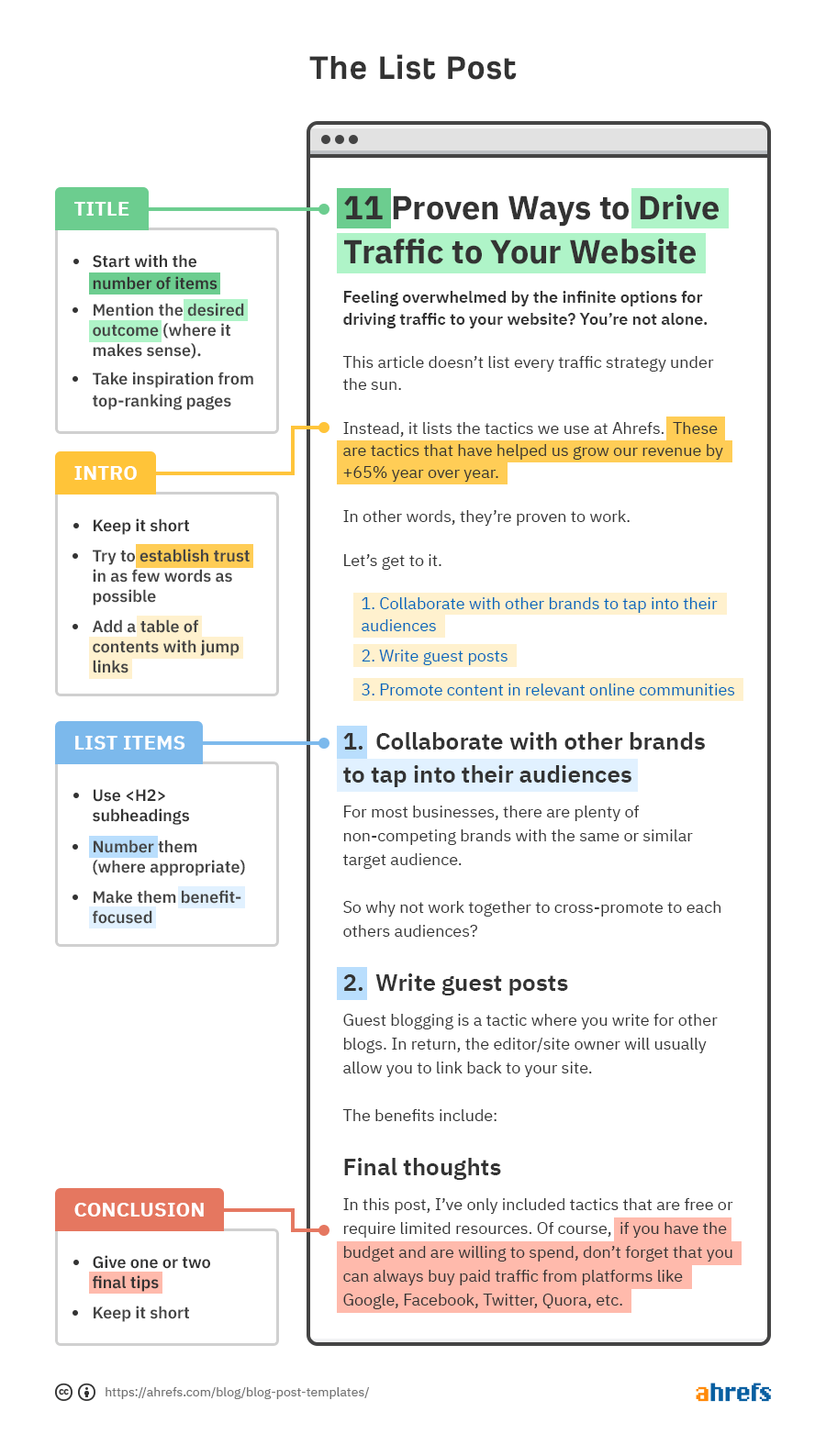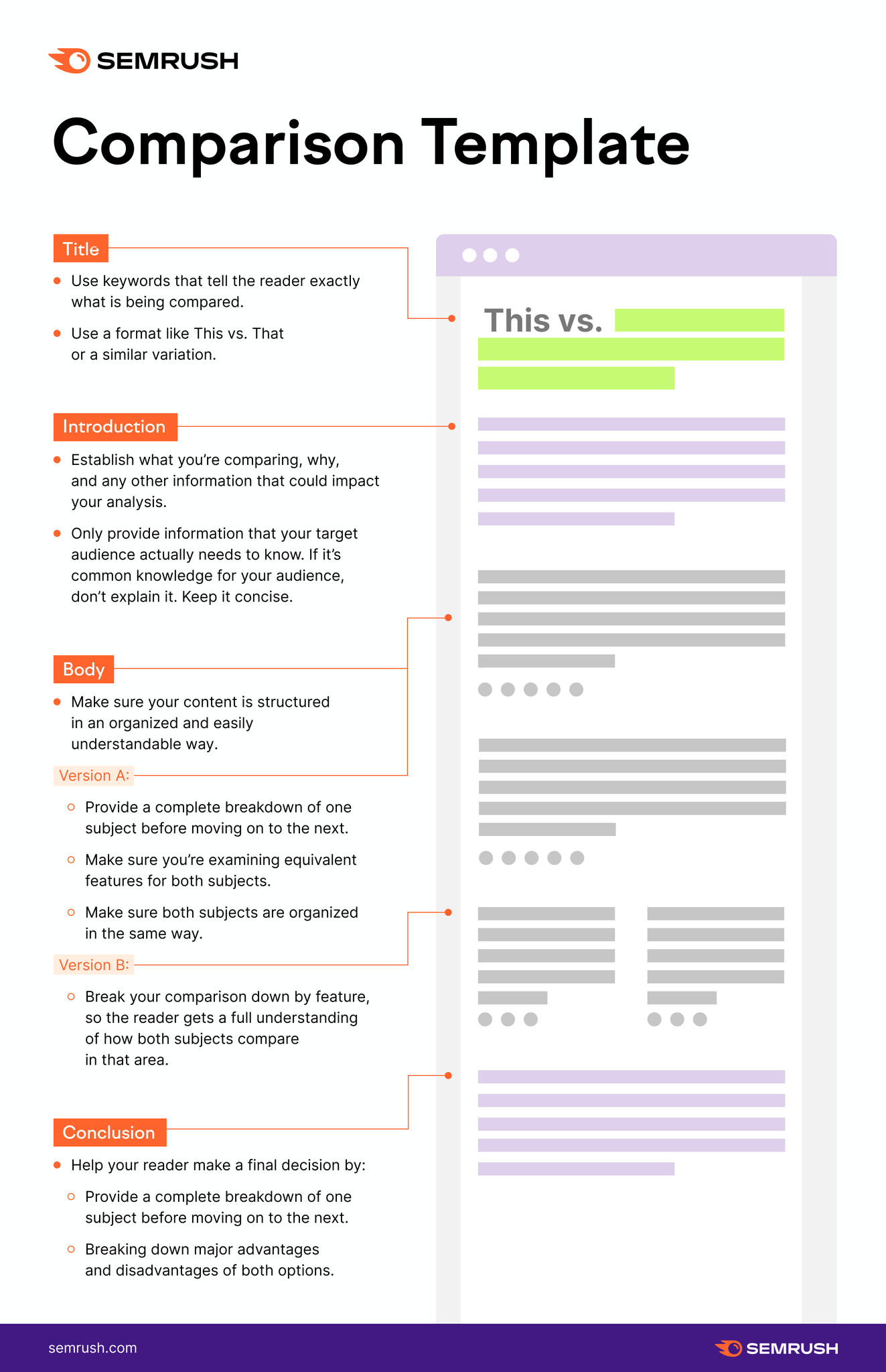How To Write A Blog Posts – Start a Blog Today With Our Step-By-Step Guide

Some of the many reasons to create a new blog post & get your blog online
According to SEO professional Neil Patel despite the billion or so blogs that exist there is still a good reason for you to write a blog. These are some of the many advantages that sites with blogs have over sites that don’t.
- 75.29% More Organic Traffic
- 11.41% More Repeat Visitors
- 48.43% More Backlinks
- 194.58% More Organic Social Traffic
- 292.79% More Brand Queries
- 8.16% Higher Conversion Rate
Want To Start A Blog?
If you are completely new to blogging then you may need to set up your blog before you can write an awesome blog post. Before you start your blog you will need to decide a few things. The perfect blog needs a good blog name that matches the specific topic you want to write about. If you want help in deciding on a name you can use a free tool like Blog Name Generator to help with ideas.
Pick a topic you are familiar with. Yes, you can do some research to hone your knowledge but if it doesn’t interest you then you will get bored rather quickly.
Once you have your blog title and topic for your blog you need to consider what you expect from your blog. Is it for fun, to help inform and do you plan to monetize your blog?
Quick guide on how to set up a blog
As far as platforms go it makes sense to use WordPress. WordPress was built initially for just this task and is the number one choice for many. I like to build small business sites in HTML, CSS, and Javascript but will often link to an installation of WordPress to handle things like a blog. Also if you wish to monetize a blog by selling your products then WordPress and Woocommerce make it simple.
You can start by going to WordPress and downloading a copy of their platform from https://wordpress.org or by using https://wordpress.com/. The former involves setting up your domain, and server and installing the WordPress software on your server (full guide link below). The latter is the simplest for beginners with the option of a free plan to give you a taste.
This post will provide our full guide on how to start using WordPress and get your blog off the ground.
Write A Blog Post For Beginners: A Comprehensive Guide
Writing blog posts can be an exciting and rewarding experience, especially for beginners looking to make their mark in the digital world. In this comprehensive guide, we will walk you through the process of crafting compelling blog posts that engage your readers and boost your online presence.
Our guide will help you learn how to write a great blog post, with pro tips on how to write your first post, and building your blog from scratch.
Create an Effective Blog Outline – Successful blog Writing needs post ideas
Before you create a blog post, create a comprehensive blog post outline. This will serve as a roadmap for your writing process and ensure that your ideas flow logically. Break down your main topic into subtopics and organise your blog content in a logical order.
Understanding Your Target Audience
Before diving into the writing process, it’s crucial to have a clear understanding of your target audience. Who are they? What are their interests and pain points? Conduct thorough research to identify their needs and preferences. This knowledge will enable you to create content that resonates with them and keeps them coming back for more.
Before Writing Your First Blog Post Choose the Right Blog Topic
Selecting the right topic is the foundation of a successful blog post. Consider what your audience is searching for and what gaps you can fill in their knowledge. Brainstorm a list of potential topic ideas and choose one that aligns with your expertise and interests. Remember, the more specific and niche your topic is, the better chance you have of standing out from the competition.
Free Blog post templates
They are like your secret weapon in the world of blogging. These handy tools not only save you time, but also help you craft engaging and well-organized content. Picture this: you have a brilliant idea for a blog post, but you’re not quite sure how to structure it. That’s where blog post templates come to the rescue. With their ready-made layouts and prompts, they guide you through the writing process, ensuring that your ideas flow seamlessly and your readers stay hooked.
What Type of Blog Post are you writing?
Each template serves different purposes and some have better uses than others depending on your post topic.
- The Generic one-size-fits-all – Self explanatory
- The List Post Template- Good for the TOP Ten of certain products or services
- The Comparison Post – Comparing two products or services

Crafting Captivating Headlines
Your blog post’s headline is the first impression your readers will have, so make it count. Create a catchy, keyword-rich post title that piques curiosity and compels readers to click. Incorporate power words and make it sound intriguing without resorting to clickbait tactics. A well-crafted headline can significantly increase your click-through rate and drive more traffic to your blog.
Structuring Your Blog Post
Organizing your blog post effectively is crucial for both SEO and readability purposes. Use subheadings to break down your content into digestible chunks. This not only helps readers navigate through your article but also assists search engines in understanding the structure of your post. Remember to incorporate relevant keywords naturally within your subheadings to maximize SEO benefits.
Engaging Introductions
Your blog post’s introduction sets the tone for the entire article. Hook your readers from the very beginning by using an engaging anecdote, posing a thought-provoking question, or addressing a common pain point. By capturing their attention with an impactful introduction, you increase the likelihood of them staying and reading the entire post.
Creating Engaging Content
Now, it’s time to focus on the body of your blog post. Use concise and informative paragraphs to convey your message effectively. Keep your language simple and avoid jargon. Incorporate personal pronouns to establish a connection with your readers, helping them feel like they’re having a conversation with a friend. Engage them further by using the active voice and rhetorical questions to encourage thoughtful reflection.
Supporting Your Points
To add credibility to your blog post, back up your claims with reliable sources and statistics. Including external links to authoritative websites not only enhances your article’s credibility but also improves your SEO. Additionally, incorporating relevant examples, analogies, and metaphors can help make complex concepts more accessible to your readers.
Eye-catching Visuals
A picture is worth a thousand words, so don’t underestimate the power of visual content. Include relevant images, infographics, or videos that supplement your written content and make it more visually appealing. Ensure that the visuals are high-quality, properly credited, and optimized for web use to enhance the overall user experience.
Crafting a Compelling Conclusion
A well-crafted conclusion brings your blog post to a satisfying close. Summarize your key points, reiterate your main message, and provide actionable takeaways for your readers. Encourage them to leave comments, ask questions, or share their thoughts, fostering engagement and building a community around your blog.
Proofreading and Editing
Before hitting that publish button, take the time to proofread and edit your blog post. Correct any spelling, grammar, or punctuation errors to maintain a professional image. Read your post aloud to ensure clarity and flow. Consider using proofreading tools or asking a trusted friend to review your work for an extra pair of eyes.
Promote Your Blog Post
Once you’ve written your blog post, it’s time to promote it. Promote your blog on Facebook and other social media platforms, reach out to influencers in your niche, and engage with your audience. Use keywords from your topic to improve the visibility on search engines and drive organic traffic to your site. It is said, not sure by whom originally, but every page on your blog is a new doorway to your site with potential users and clients. Once you get your blog up and running with new traffic and old users coming back to your blog you may be able to get monetisation from adverts and get paid for all your efforts.
Final Thoughts
Writing blog posts may seem challenging at first, but with practice and dedication, you’ll soon find your unique writing style. By understanding your audience, choosing compelling topics, and crafting engaging content, you can create blog posts that not only captivate readers but also establish your online presence. Embrace the process, experiment with different techniques, and continuously refine your writing skills to become a successful blogger. Happy writing!

I am a self-motivated, passionate website designer and developer. I have over ten years of experience in building websites and have developed a broad skill set including web design, frontend and backend development, and SEO.
Using my growing knowledge base I have built my own company (scriptedart.co.uk) creating websites, e-commerce stores and producing custom graphics and web app functionality for a range of local businesses.


